
How to Use ACS71: Examples, Pinouts, and Specs
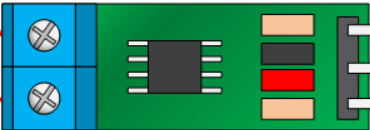
 Design with ACS71 in Cirkit Designer
Design with ACS71 in Cirkit DesignerIntroduction
The ACS71 is a Hall effect-based current sensor manufactured by Allegro MicroSystems. It is designed to provide accurate and reliable current measurement in high-voltage applications. The sensor offers galvanic isolation, making it suitable for applications where electrical isolation is critical. The ACS71 can measure both AC and DC currents, with a linear output voltage proportional to the sensed current.
Explore Projects Built with ACS71
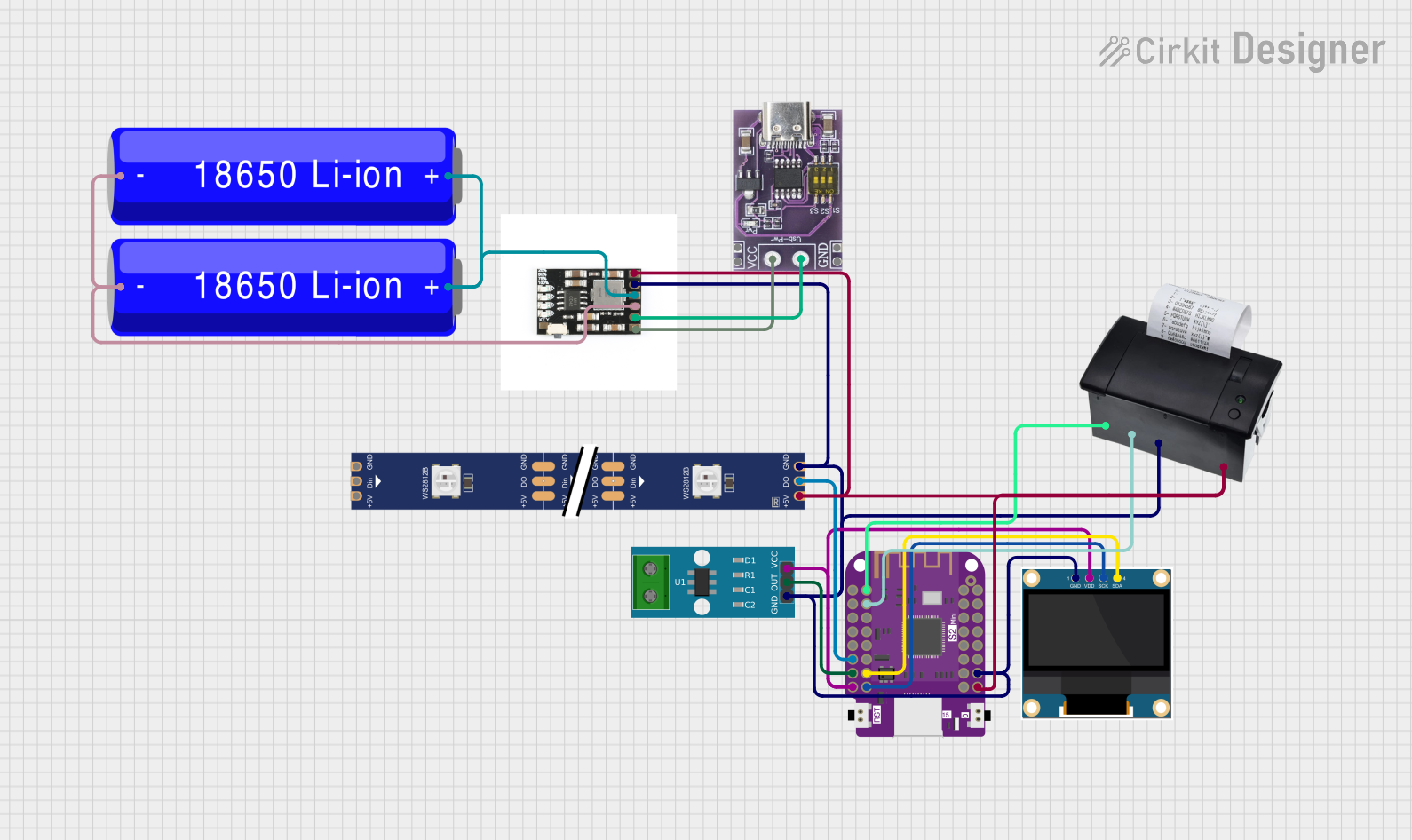
 Open Project in Cirkit Designer
Open Project in Cirkit Designer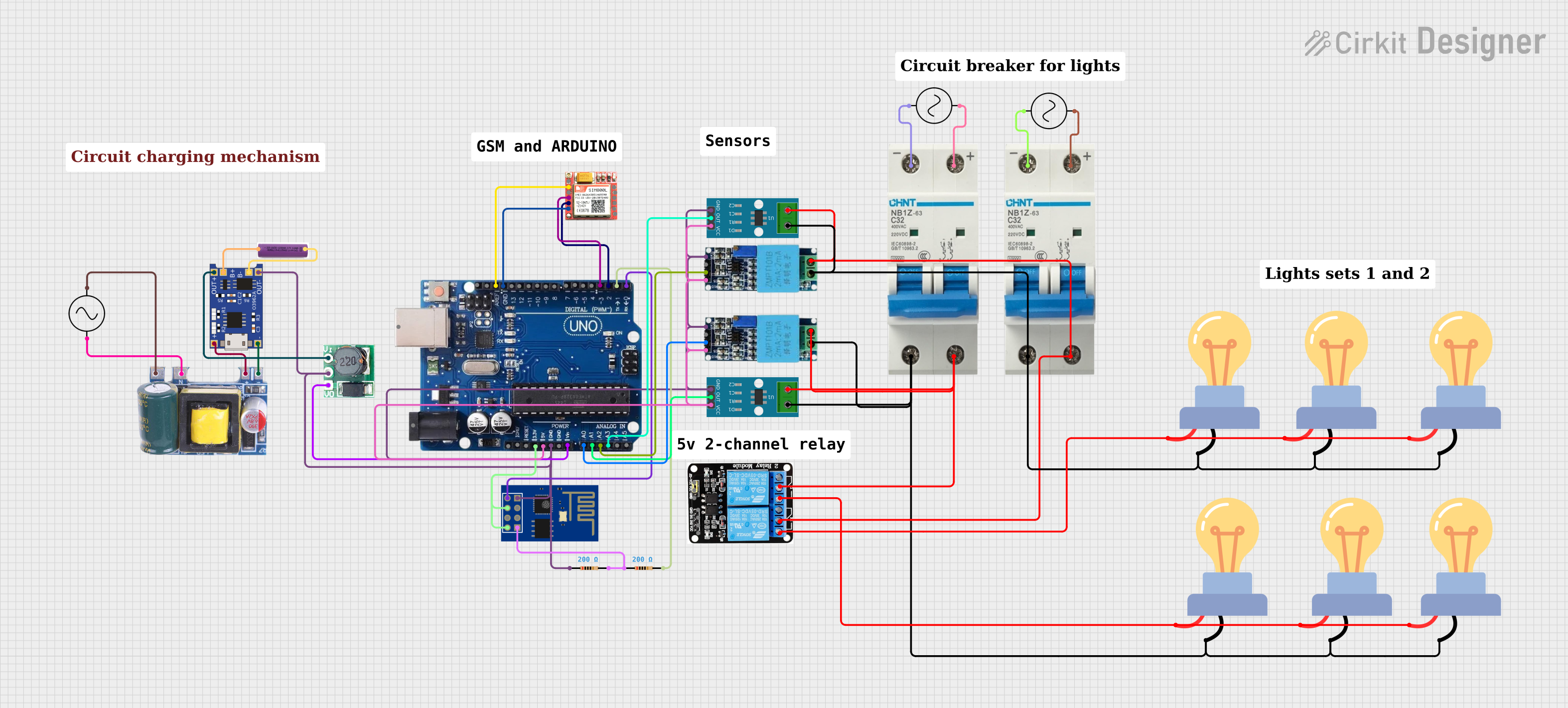
 Open Project in Cirkit Designer
Open Project in Cirkit Designer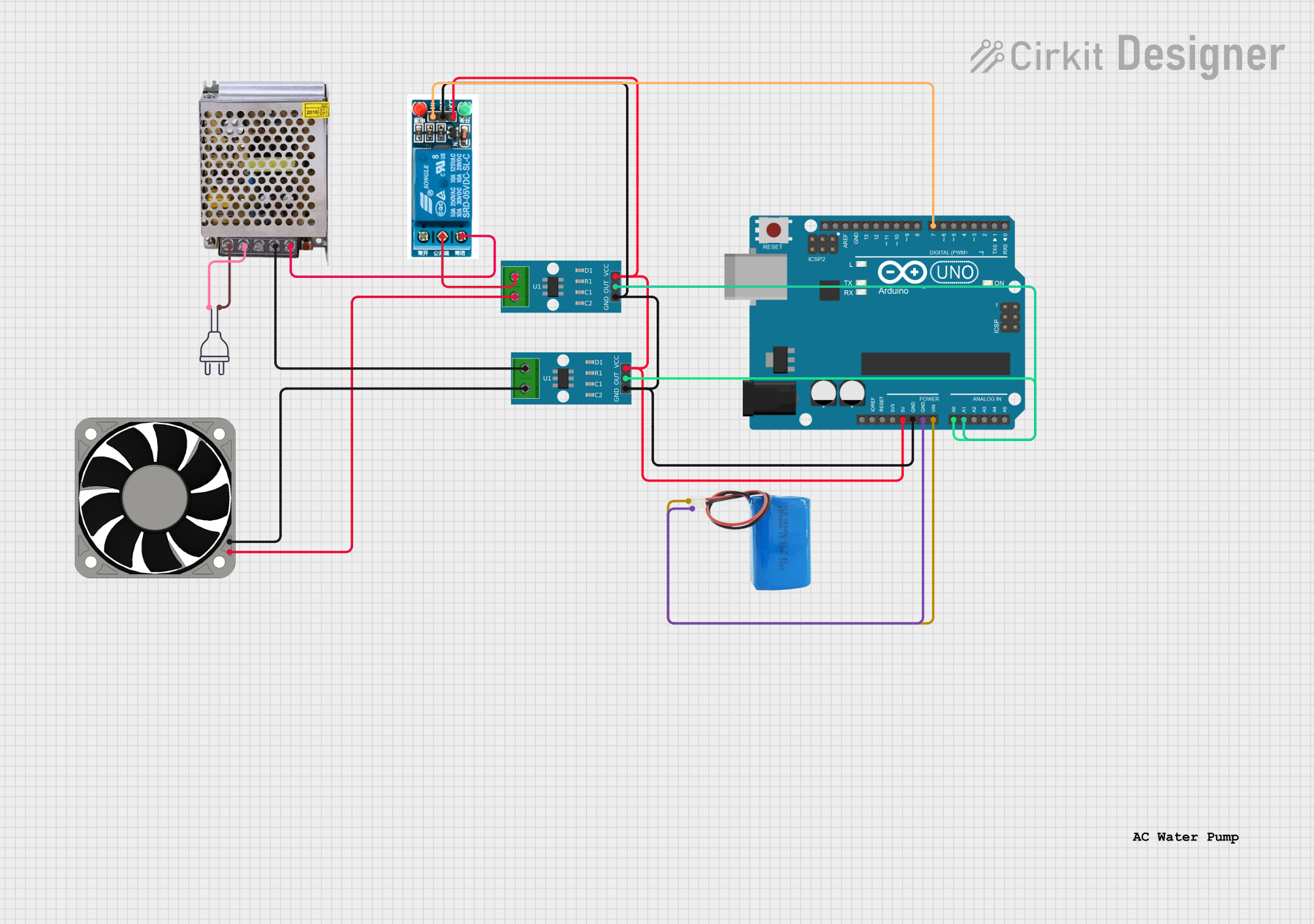
 Open Project in Cirkit Designer
Open Project in Cirkit Designer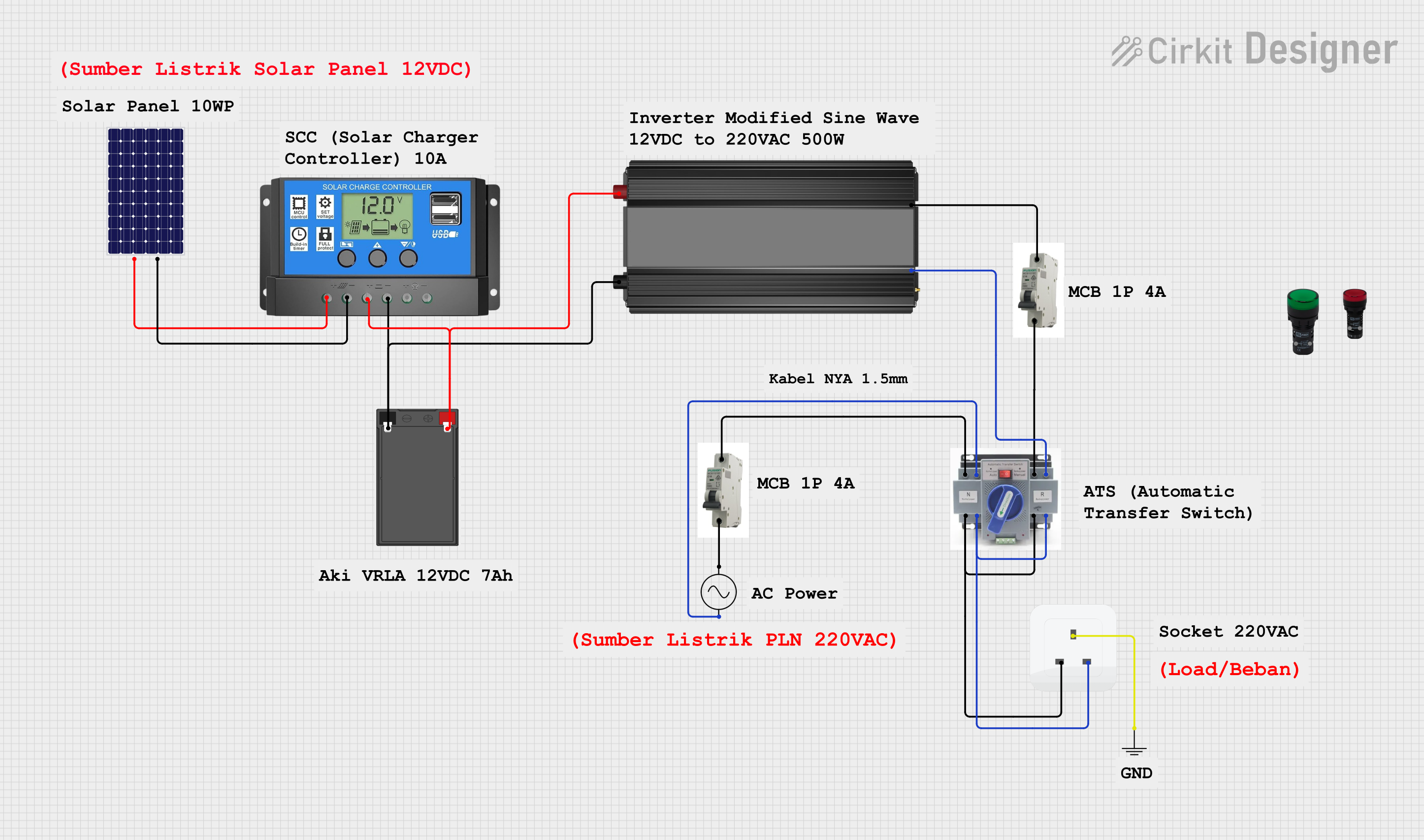
 Open Project in Cirkit Designer
Open Project in Cirkit DesignerExplore Projects Built with ACS71

 Open Project in Cirkit Designer
Open Project in Cirkit Designer
 Open Project in Cirkit Designer
Open Project in Cirkit Designer
 Open Project in Cirkit Designer
Open Project in Cirkit Designer
 Open Project in Cirkit Designer
Open Project in Cirkit DesignerCommon Applications
- Motor control and monitoring
- Power supply and inverter systems
- Overcurrent protection circuits
- Battery management systems
- Industrial automation and robotics
Technical Specifications
The ACS71 is available in multiple variants to support different current ranges. Below are the key technical specifications:
| Parameter | Value |
|---|---|
| Supply Voltage (Vcc) | 4.5 V to 5.5 V |
| Current Measurement Range | ±50 A, ±100 A, or ±200 A (varies by model) |
| Sensitivity | 20 mV/A to 40 mV/A (model-dependent) |
| Output Voltage Range | 0.5 V to 4.5 V |
| Isolation Voltage | 2.1 kV RMS |
| Response Time | 3 µs |
| Operating Temperature Range | -40°C to +125°C |
Pin Configuration and Descriptions
The ACS71 is typically available in an SOIC-8 package. The pinout and descriptions are as follows:
| Pin Number | Pin Name | Description |
|---|---|---|
| 1 | Vcc | Power supply input (4.5 V to 5.5 V). |
| 2 | GND | Ground connection. |
| 3 | VIOUT | Analog output voltage proportional to sensed current. |
| 4 | FILTER | Optional external capacitor for noise filtering. |
| 5-8 | IP+ / IP- | Current-carrying terminals for the primary current path. |
Usage Instructions
How to Use the ACS71 in a Circuit
- Power Supply: Connect the Vcc pin to a regulated 5 V power supply and the GND pin to the circuit ground.
- Current Path: Pass the current to be measured through the IP+ and IP- terminals. Ensure the current does not exceed the sensor's rated range.
- Output Signal: The VIOUT pin provides an analog voltage proportional to the sensed current. This output can be read using an ADC (Analog-to-Digital Converter) on a microcontroller.
- Filtering: For improved noise performance, connect a capacitor (typically 1 nF to 10 nF) between the FILTER pin and GND.
Important Considerations
- Isolation: The ACS71 provides galvanic isolation between the primary current path and the output signal, making it safe for high-voltage applications.
- Accuracy: To achieve optimal accuracy, ensure the sensor is mounted away from strong magnetic fields or sources of electrical noise.
- Thermal Management: The sensor may heat up during operation, especially at high currents. Ensure adequate ventilation or heat dissipation in your design.
Example: Connecting the ACS71 to an Arduino UNO
Below is an example of how to interface the ACS71 with an Arduino UNO to measure current:
Circuit Connections
- Connect the Vcc pin of the ACS71 to the Arduino's 5V pin.
- Connect the GND pin of the ACS71 to the Arduino's GND.
- Connect the VIOUT pin of the ACS71 to an analog input pin on the Arduino (e.g., A0).
- Pass the current to be measured through the IP+ and IP- terminals.
Arduino Code
// Define the analog input pin connected to the ACS71 output
const int currentSensorPin = A0;
// Define the sensitivity of the ACS71 (in mV/A). Adjust based on your model.
const float sensitivity = 20.0; // Example: 20 mV/A for ±50 A model
// Define the zero-current output voltage (in volts)
const float zeroCurrentVoltage = 2.5; // Typically 2.5 V for ACS71
void setup() {
Serial.begin(9600); // Initialize serial communication
}
void loop() {
// Read the analog value from the sensor
int sensorValue = analogRead(currentSensorPin);
// Convert the analog value to voltage (assuming 5V reference)
float sensorVoltage = sensorValue * (5.0 / 1023.0);
// Calculate the current (in amps)
float current = (sensorVoltage - zeroCurrentVoltage) / (sensitivity / 1000.0);
// Print the current to the Serial Monitor
Serial.print("Current: ");
Serial.print(current);
Serial.println(" A");
delay(500); // Wait for 500 ms before the next reading
}
Troubleshooting and FAQs
Common Issues
No Output Signal:
- Ensure the Vcc and GND pins are properly connected to a 5 V power supply.
- Verify that the current path is correctly connected to the IP+ and IP- terminals.
Inaccurate Readings:
- Check for strong magnetic fields or electrical noise near the sensor.
- Verify the sensitivity value used in calculations matches the sensor's model.
Output Voltage Saturation:
- Ensure the current being measured does not exceed the sensor's rated range.
FAQs
Q: Can the ACS71 measure both AC and DC currents?
A: Yes, the ACS71 can measure both AC and DC currents with a linear output proportional to the sensed current.
Q: What happens if the current exceeds the sensor's range?
A: The output voltage will saturate at the maximum or minimum value (0.5 V or 4.5 V), and the measurement will no longer be accurate.
Q: Is an external capacitor required for the FILTER pin?
A: While not mandatory, adding a capacitor (1 nF to 10 nF) can help reduce noise and improve signal stability.
Q: Can the ACS71 be used in high-voltage applications?
A: Yes, the ACS71 provides galvanic isolation and is rated for an isolation voltage of 2.1 kV RMS, making it suitable for high-voltage environments.